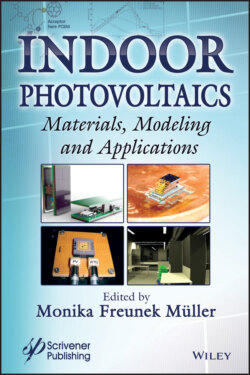Читать книгу Indoor Photovoltaics - Группа авторов - Страница 22
2.2.1.2 Vibrations
ОглавлениеThe commercially available converters for higher frequencies obtain their maximum power at their resonance frequencies, usually 50–60 Hz, and 100–120 Hz, respectively. The bandwidth typically ranges between 1–2 Hz. It follows that the stability of the excitation frequency is their critical parameter. An approach is to order generators that are tuned to application frequencies.
ReVibe Energy sells converters for frequencies from 20–200 Hz with power output from 500 mW to a few W [16]. Figure 2.2 depicts an exemplary generator with equipment from ReVibe Energy.
Figure 2.2 ReVibe Energy kinetic converter. (Photo reproduced by permission of ReVibe Energy, 2019).
Non-resonant vibrational harvesters have been a research topic since the beginning of micro energy harvesting. One approach is to tune the electronics [24], the other is to adjust the springs and the length of the resonating mass [25]. Nanoscale generators for implementation in clothes, for example, have been developed by the Georgia Institute of Technology with a corresponding power density of 10 mW/cm2 [26].
Piezo generators and engineering services for customized generators are offered by different companies, such as Piezo.com [27]. Piezoelectric generators mounted on the wings of beetles yielded 11.5 and 7.5 µW during flight in prototypes from the University of Michigan [28]. The recent state-of-the-art in piezoelectric harvesting has been published by Safaei and coworkers [29].
As in most energy harvesting generators, characterization standards with reproducible test conditions are missing, including test temperature and test frequencies. However, regarding their industrial stage, kinetic converters have achieved a mature state.
